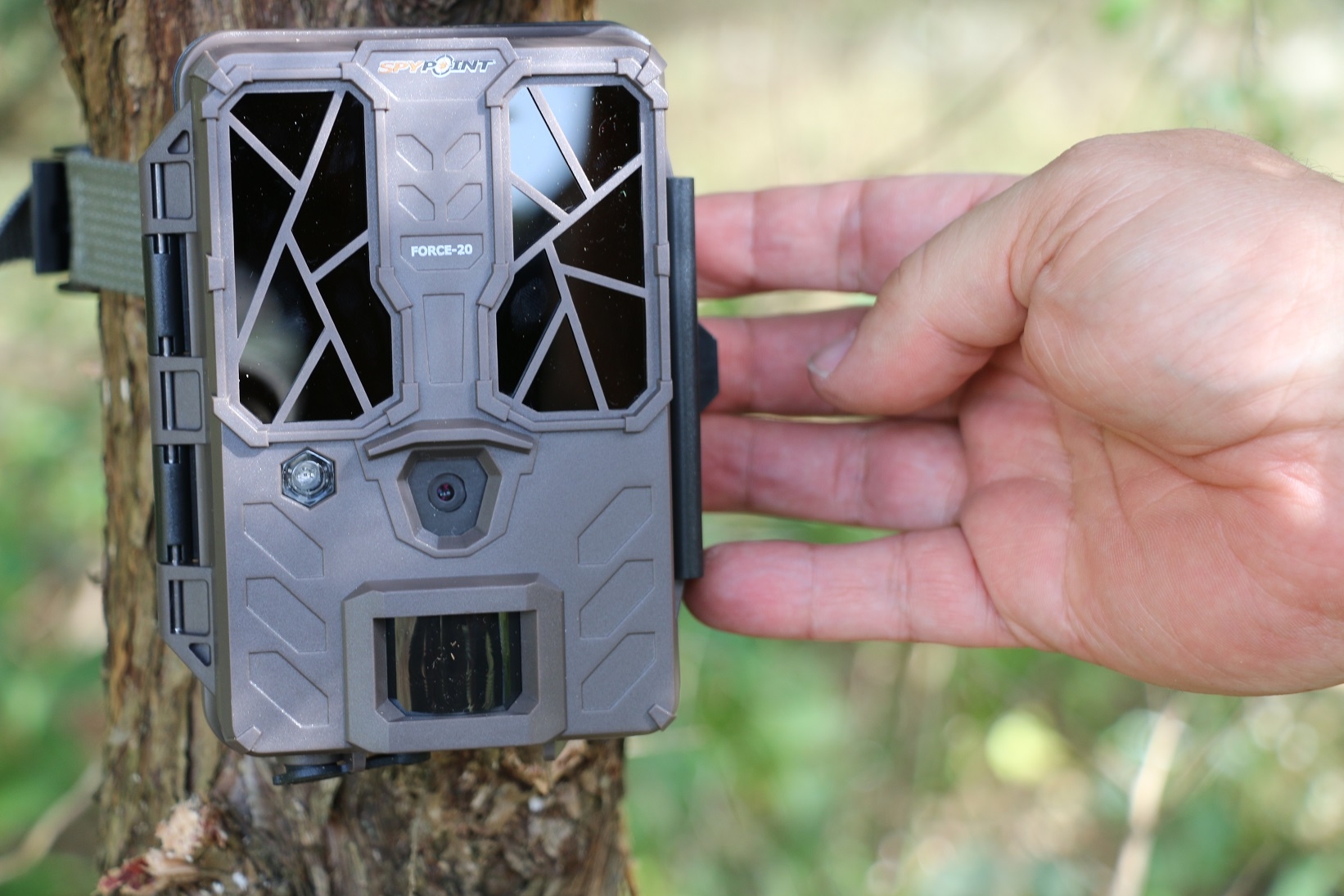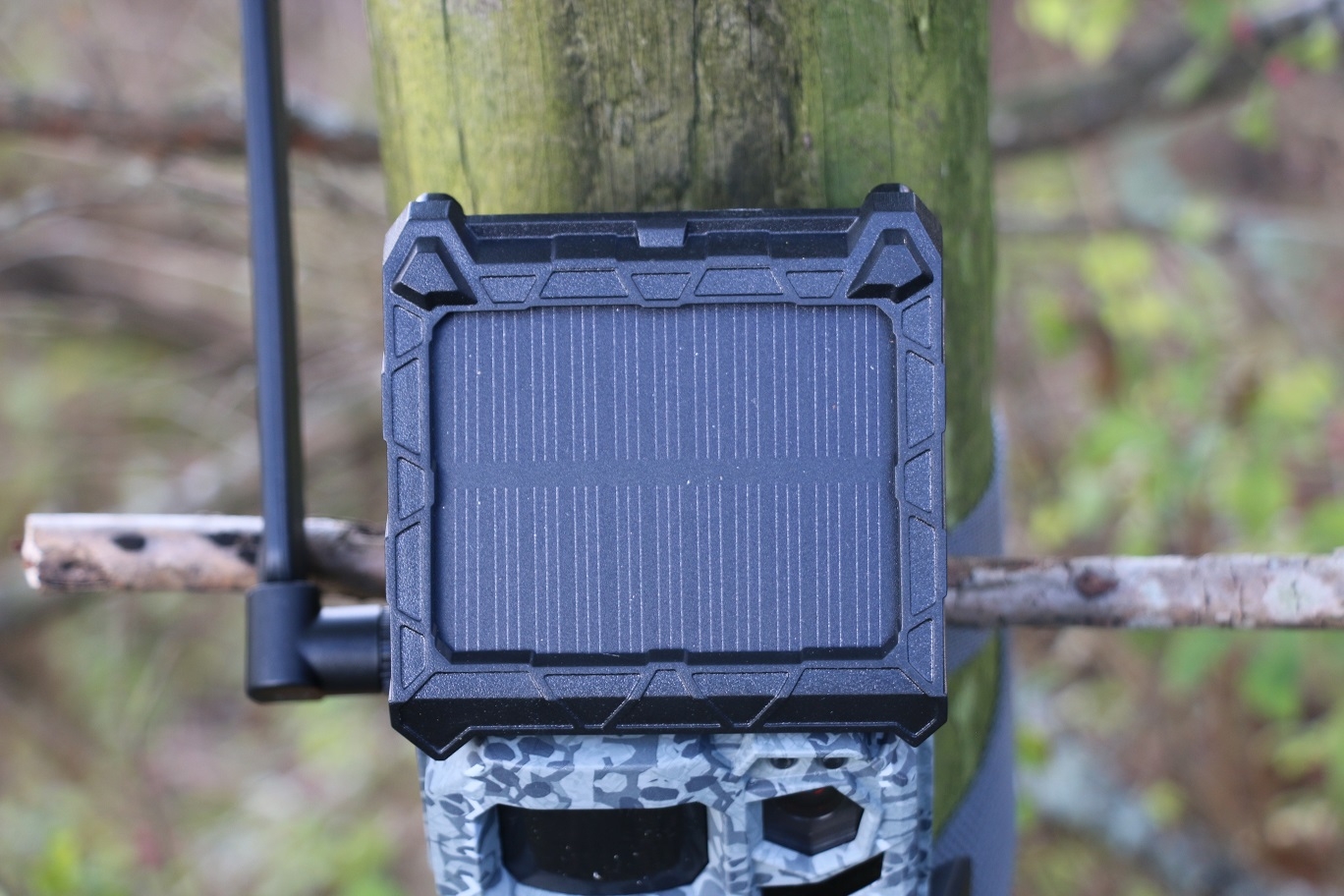
Want the most out of your game cams? Post them in high-odds spots.
It might sound obvious, but one of the best ways to capture most (or even all) of the late-season bucks inhabiting your hunting grounds is posting cameras in the best possible spots. Here are seven such places to focus on in the final days of the season.
1. Ag Fields
In areas of higher agricultural production, ag fields become very important. Virtually all of them have been harvested now, making those with waste grain on the ground most attractive to the local deer herd. Those which have an abundance of corn, soybeans or other grain spilled throughout can attract deer from miles away, and can help feed them well into winter.
2. Food Plots
Those who’ve planted late-season food plots — such as turnips, radishes, beets, oats, wheat, winter peas, and other wintertime sources — should certainly see an uptick in usage. Deer need to eat greens to balance their diets, and these help with that.
3. Natural Food Sources
One of the most overlooked sectors of a deer’s diet is natural foods. These include hard mast (acorns and other nuts), soft mast (although rare in winter), forbs, and general browse. Placing cameras in locations that have concentrations of these is a surefire way to take inventory, and maybe even pattern a whitetail.

Post cameras in high-traffic areas along bed-to-feed routes.
4. Staging Areas
Every staging area looks slightly different, but they all serve the same purpose. These are usually situated between bedding areas and food sources, or between bedding areas and water sources. If the food and water is out in the open, deer might not feel comfortable entering those spots during daylight. So, they might hang up in a staging area until dark. These spots are usually thick, early successional cover that offers a high stem count. Deer generally feel comfortable in such places during daylight. This makes them solid places to hunt, obviously, but great camera locations, too.
5. Trail Intersections
Spots where numerous trails intersect (or nearly intersect), is a pretty good spot to hang cams. This is especially true if these are close to good late-season food sources. Remember, when hanging cameras over trails, position them so it gives you the maximum window to capture deer in photos.
6. Water Sources
This is one of the most overlooked areas of interest, but it’s a great thing to focus on. Water is important all year long, but if areas freeze and lock up, it can become scarce in winter. In this case, running water sources become more attractive. Freezing aside, other great places to focus on include isolated sources, such as small ponds and water holes. These become more potent when there aren’t larger bodies of water around.
7. Inside Edge Field Corners
Whether it’s a food source or staging area, inside corners of field edges are likely to be high-traffic locations. Deer gravitate to such places, and often use these to access open areas. Scout these areas for higher deer trail counts.

Use a solar-powered model to reduce trips afield and cut down on pressure.
8. Pinch Points
Funnels, saddles and other types of pinch points are best during the rut. That said, if these are located along bed-to-feed and feed-to-bed routes, these are great spots to hang cameras and capture a high percentage of the local deer herd.
All things considered, there are plenty of other places to hang cameras, especially those that might be unique to geographical locations. That said, the eight places outlined above offers a great plan to get you started.
Photos and article by Josh Honeycutt



